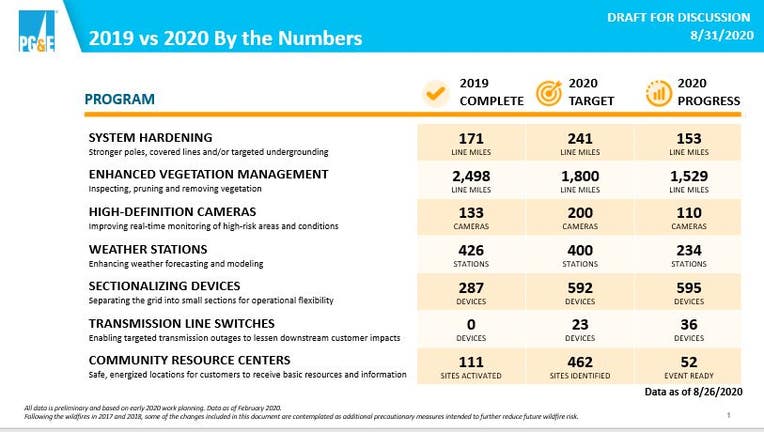PG&E 'sticker shock' explained

OAKLAND, Calif. - If November's gas and electric bills didn't give you sticker shock, this month's as well as the next two, will. As of New Year's Day, the state Public Utilities Commission has granted PG&E increased gas and electricity prices.
In round numbers, the average monthly PG&E residential bill will go up from about $234 to $241; that's about 3%; well below inflation. But, here comes the short-term slammer and this is not PG&E's fault.
"We don't mark up the cost of gas and electricity that we purchase on behalf of our customers," said PG&E spokesperson Paul Doherty.
But those who drill for gas do mark it up. So, during this peak winter season, December, January and February, PG&E projects an average of $67 extra charge for runaway natural gas prices, making monthly bills over $300 for now.
What to do? Use less gas and hope for warmer weather.
"If the cold weather and, you know…natural gas prices moderate, then bill impacts could be less severe for our customers," said Doherty.
READ ALSO: Rain and wind knock out power to 7200 PG&E customers in Bay Area
While we're talking utility bills, Doxo, a large U.S. bill-paying service, released a national study of what people are paying in the nearly $400 billion total of all utility bills sent out annually. Of that, $40 billion goes to Californians.
In this study, utility bills include gas, electric, water and waste collection. They do not include, mobile, cable, internet or security.
Not every home receives gas, electric, water and waste collection bills, especially in urban areas.
"Places like San Francisco, Oakland and San Jose actually fall into that category. Many folks' utilities are included in, say, the rent that they're paying," said DOXO Payments Firm spokesperson
Liz Powell.
The national average of combined utility bills is $328 a month. In Oakland, combined utility bills cost households $564 a month. In San Francisco, household combined utility bills are $457 a month. In San Jose, households pay $390 a month on their combined utility bills.
"Inflation, across all of our bill pay categories, is really pushing things higher."
Amazingly, California is not in the top five. The five most expensive combined utility bill states are Hawaii, Maine, New Jersey, Alaska and Connecticut.

